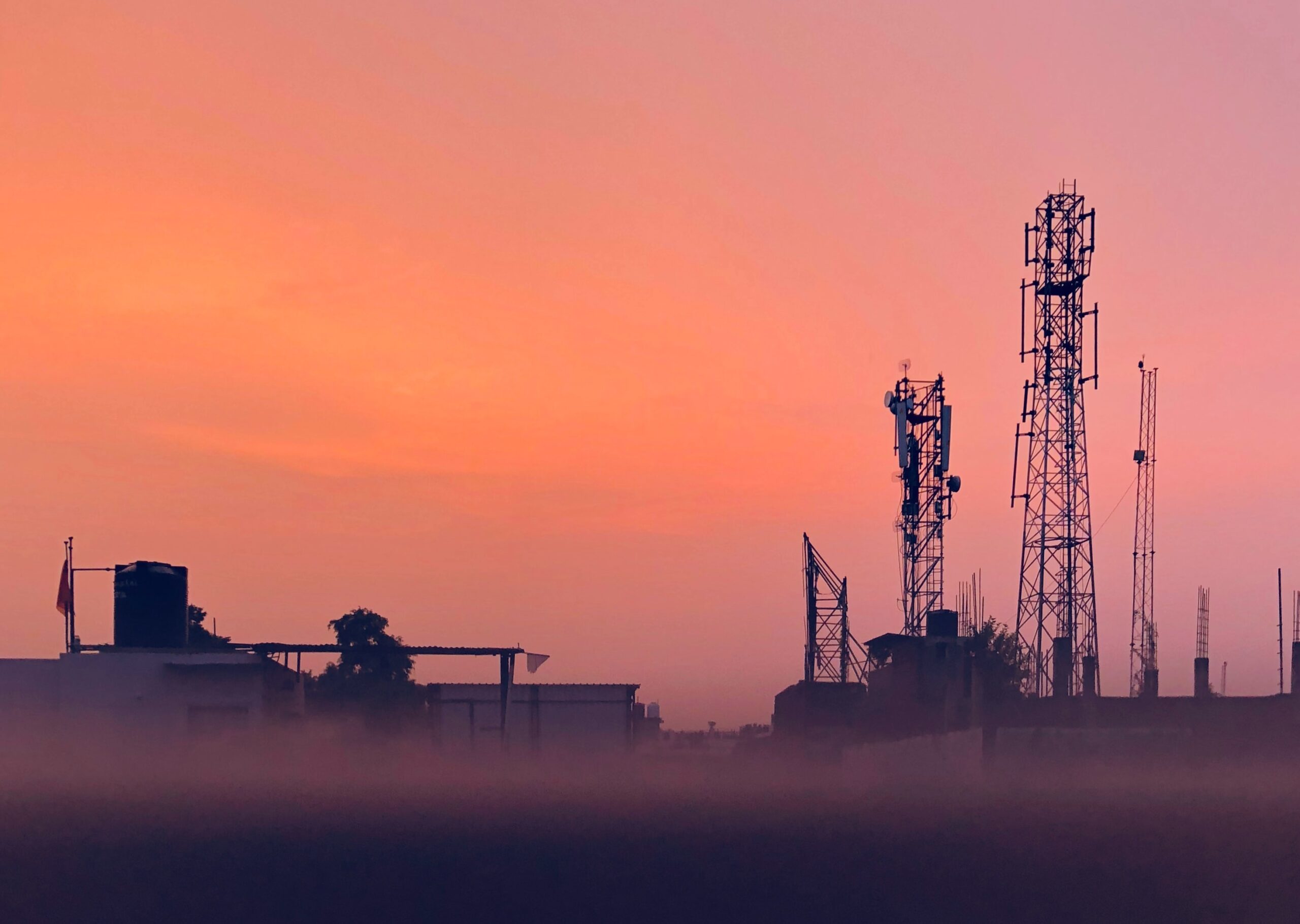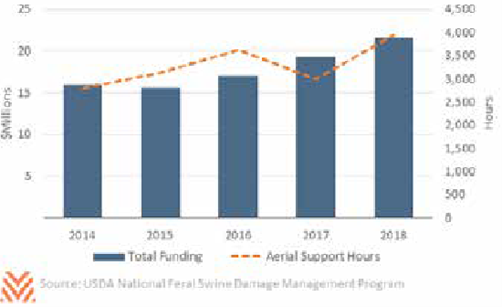Producer Risk and the African Swine Fever

The significant spread of African swine fever (ASF) in 2018 introduced a level of uncertainty into meat production that has few historical parallels. Official estimates from the Chinese government indicate that annual October inventories were down 40%, while private data from feed and equipment sellers indicate that losses could be even higher. The most severe U.S. outbreaks from threats like the porcine epidemic diarrhea virus (PED) or porcine deltacoronavirus had comparatively modest impacts on inventories.

A large part of the reason for this disparity are the differences between the U.S. and Chinese pork production. Almost 85% of Chinese production prior to ASF occurred in traditional barns and backyards with limited controls against disease. These facilities allowed for significantly more interaction between wild pigs and domestic herds. Smaller facilities also have challenges disposing of dead pigs, and often resort to inferior methods that can increase spread. These risks, combined with a lack of reporting brought on by political considerations, meant that Chinese production may have seen more risks than U.S. producers would. However, select risks for American production remains. Feral hogs remain one of the largest outstanding risks to the U.S. herd. Since 1982, the wild population hasd spread from being largely concentrated in three states to having far-reaching spread across much of the south and west coast. More than half the feral hog population carry infectious diseases. However, actions from the National Feral Swine Damage Management Program, initiated in fiscal year 2014, have helped curb feral hog populations.
Other areas of concern include processing plants and production interconnectedness. Indiana alone imported more than 3.5 million pigs for slaughter in 2015. These hogs came from more than a dozen states and Canada, but pigs for slaughter do not require specific permitting. Processing is also highly concentrated: just 49 plants are approved for hog slaughter by the USDA. The concentration and movement of these plants means that states with large numbers of processors like Indiana, Iowa, or Tennessee could see higher risk during outbreaks. The interconnectedness of production means that more animals are at risk. While 95% of the pork Americans are forecast to eat in 2020 will be raised and processed in the United States, these animals can also interact with the global market. One of the theorized causes of the 2014 PED outbreak was through contaminated feed that came through southeast Asia. Pork production also uses many additives, many of which are produced abroad.
Despite these risks, it is unlikely that the U.S. herd will face the same challenges that Chinese and certain European hog producers have, even if an ASF outbreak were to occur. Our existing controls have helped mitigate damage from prior outbreaks, and while a few additional improvements may be made, animal production in the U.S. does not face nearly as many concerns as some foreign producers.










